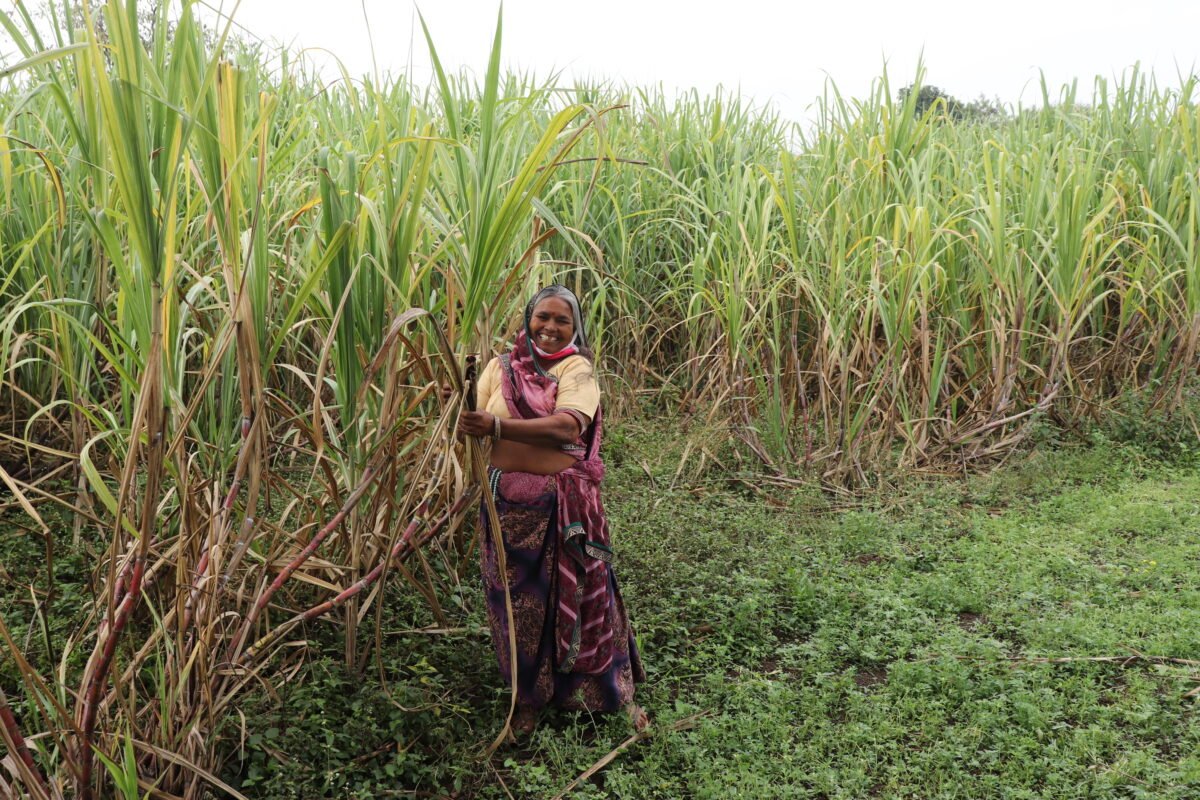UNDP India partners with Absolute Foods to further sustainable agriculture practices
The partnership will promote innovation and digitalisation of PMFBY and strengthen risk financing for a resilient farm sector in India
United Nations Development Programme (UNDP) and Absolute Foods, a leading bioscience company specialising in agri-tech, signed a Memorandum of Understanding (MoU) to strengthen the government of India’s flagship Pradhan Mantri Fasal Bima Yojana (PMFBY) and enhance the resilience of the farmers.
The partnership between UNDP India and Absolute Foods aims to enhance the implementation of the PMFBY and the Restructured Weather-Based Crop Insurance Scheme by building technical capabilities of the scheme and digitalising service delivery of crop insurance and agricultural credit processes to increase the reach and uptake of the schemes. It will also promote credit profiling of farmers, agri-entrepreneurs, and Farmer Producers Organisations (FPOs), for accurate crop loss assessment and risk evaluation to mobilise agriculture financing.
UNDP and Absolute Foods will also use advanced technology and data-driven solutions to facilitate farmland identification and enhance farm monitoring, R&D, and analytical capabilities to facilitate data-driven policymaking and fraud analytics, ensuring efficient and transparent delivery of government support to vulnerable farmers.
Speaking on the partnership, Agam Khare, Founder & CEO, of Absolute Foods, says, “There are around 150 million farmers in India. We feel privileged to partner with UNDP India to enhance the risk resilience and protection of the farming community in India. With this collaboration, we are moving one step closer to achieving our goal of empowering farmer communities & making agriculture climate resilient in India.”
UNDP has been working with the Ministry of Agriculture & Family Welfare since 2018. In 2022, UNDP’s technical support unit at the Ministry helped reach out to 1.71 crore farmers through various information, education, and communication (IEC) campaigns such as Crop
Insurance Week and organised more than 2.39 lakh Fasal Bima Pathshalas or crop insurance classroom sessions.
“Risk is an inherent part of agriculture and is one of the biggest roadblocks in improving the lives of farmer communities in India. This collaboration is an important step towards strengthening the risk and credit ecosystem for agriculture in India. UNDP India is committed to working with the government and partners to help farmers in India rise with resilience”, says Amit Kumar, Head, Sustainable and Inclusive Growth, at UNDP India.
The partnership will promote innovation and digitalisation



